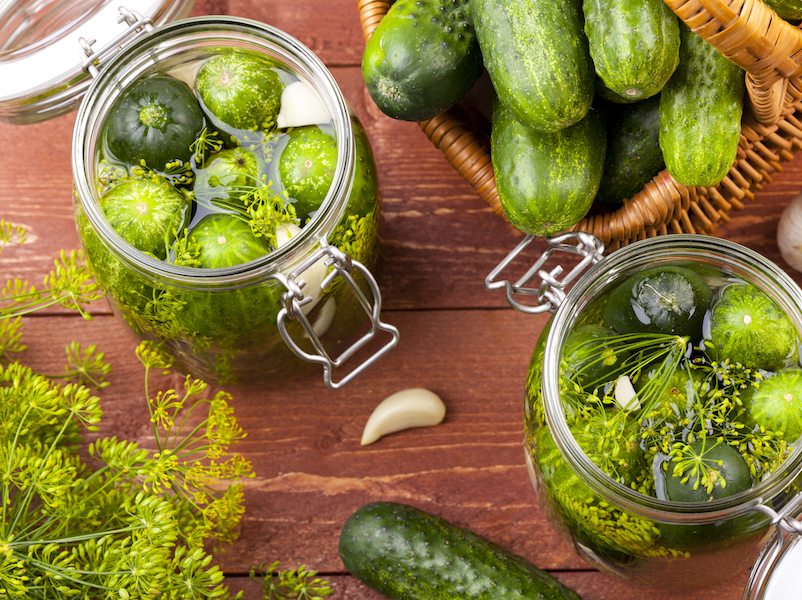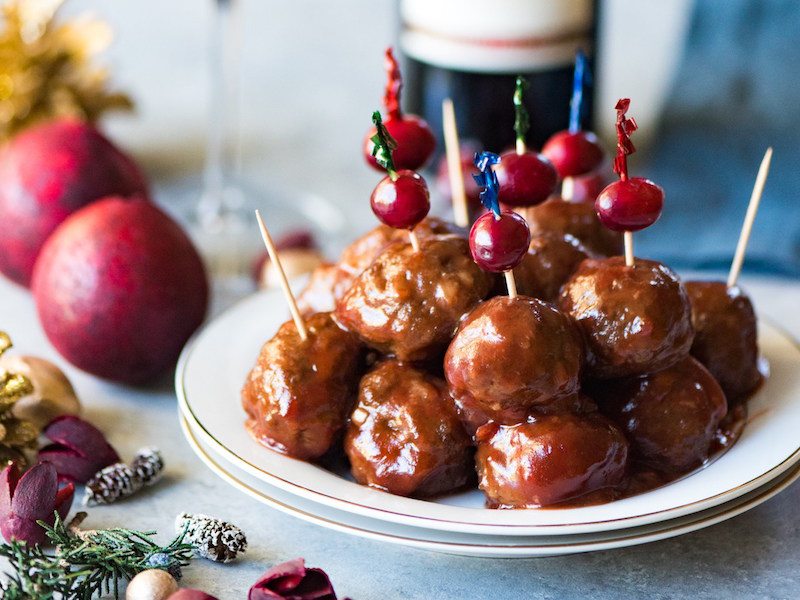Pickles are a delicious favorite condiment or snack, but what do you know about Russian pickles?

Most people make the sensible choice to visit Russia (or former Soviet Republics such as Georgia or Moldova) in the summertime. Christmas festivities aside, the list of reasons to go in the winter is short. But there’s a surprising perk to a winter trip that culinary travelers might well take interest in: Russian pickles. Walk through a market in Chisinau in February and you won’t find much local produce, but what’s in abundance are giant stacks of pickled cucumbers, tomatoes, cabbages, peppers, mushrooms, carrots, even whole watermelons—all overseen by the endearing babushka who make them. The humble pickle is not a food associated with potential. It’s a pickle, you put it in a sandwich, would probably be a common assertion. But try the Russian version—or make a batch—and you might find yourself looking at pickles in a new light and even incorporating them into your cooking.
First a short history refresher, an explanation as to why pickles might be so important in Russian cuisine. In 1812, the brutal Russian winter forced Napoleon’s grand army to abandon its campaign for Moscow; the Germans clearly didn’t learn from his mistake, as they too would succumb to the cold in the following century. The lesson here: Russians know how to survive in one of the coldest climates on earth. Enter the most useful technique of preserving food: pickling.
But what makes Russian pickles so good? To start, these aren’t your Vlasic Kosher Dills, submerged in calcium chloride and polysorbate 80. Although recipes differ among households and regions, the pickling liquid is always made from scratch—a simple base of water, white vinegar, kosher salt, and sugar, to which a choice of aromatics are added. The later can vary in the form of whole peppercorns, garlic cloves, horseradish root, or chili peppers, but it almost always includes fresh dill stalks. Dill can be found chopped and scattered on just about every savory dish in Russia. It makes sense—dill is an easy way to perk up what are often heavy, starchy dishes. The dill stalks in pickles have a similar effect. While canned pickles can last for years unopened, the aromatics and especially the dill cause them to taste fresh and bright.
Being a senseless traveler myself (and someone who doesn’t have a say when his vacations fall), I’ve twice visited former Soviet countries during the winter. First, I went to Russia, and second, to tiny Moldova, a landlocked country that holds the title of one of the least visited countries in the world. The local covered markets were the best places to try the myriad types of pickles. Immersed in the fragrance of fresh dill, I wandered the stalls and accepted samples from the babushka who hovered over their mounds of homemade pickles. On both trips I also ate a number of dishes that incorporated different kinds of pickles into the recipes. There was the famous salat olivye, in which pickles add acidity to a creamy, mayonnaise base of diced potato, carrot, ham, and peas. And then there was rassolnik, a barley soup that uses grated pickles to give it a pleasing sourness. When I ordered a heavy meat-based dish, I would always ask for the ubiquitous side dish of pickles. There was no better sensation than taking a bite of rich, braised beef and following it with a pickled tomato—the cold, flavorful pickling liquid exploding in my mouth, contrasting with the richness of the beef.
So what should you do with pickles at home? First, bring them beyond the sandwich. But keep in mind the role they play there—adding crunch and cutting through the fattiness of meats and cheeses—and apply that to a wider range of foods. For Russians, pickles are an essential component in zakuski, which are little side dishes and salads akin to tapas and usually accompany vodka or beer. The next time you make a spread or a cheeseboard, serve it with some pickles on the side. They’ll bring a relieving crunch and acidity between bites of rich cheese or cured meat. In a similar way, if you’re cooking a braised dish or making a stew, serve it with a dish of assorted pickles. In terms of a recipe that uses pickles, solyanka is a good place to start. It’s a relatively easy tomato-based soup that also contains beef, onions, and chopped cucumber pickles. Although it’s far from Southeast Asian in flavor profile, if you like the sourness of tom yum, you’ll love solyanka.
By this time, late fall, there’s already snow on the ground in Saint Petersburg and every Russian has finished his annual pickling a long time ago. For those of us lucky enough to live in warmer climates, there are still some great fall vegetables around. Snap up the last of them—the cabbage, cauliflower, peppers, mushrooms—and get pickling.





















